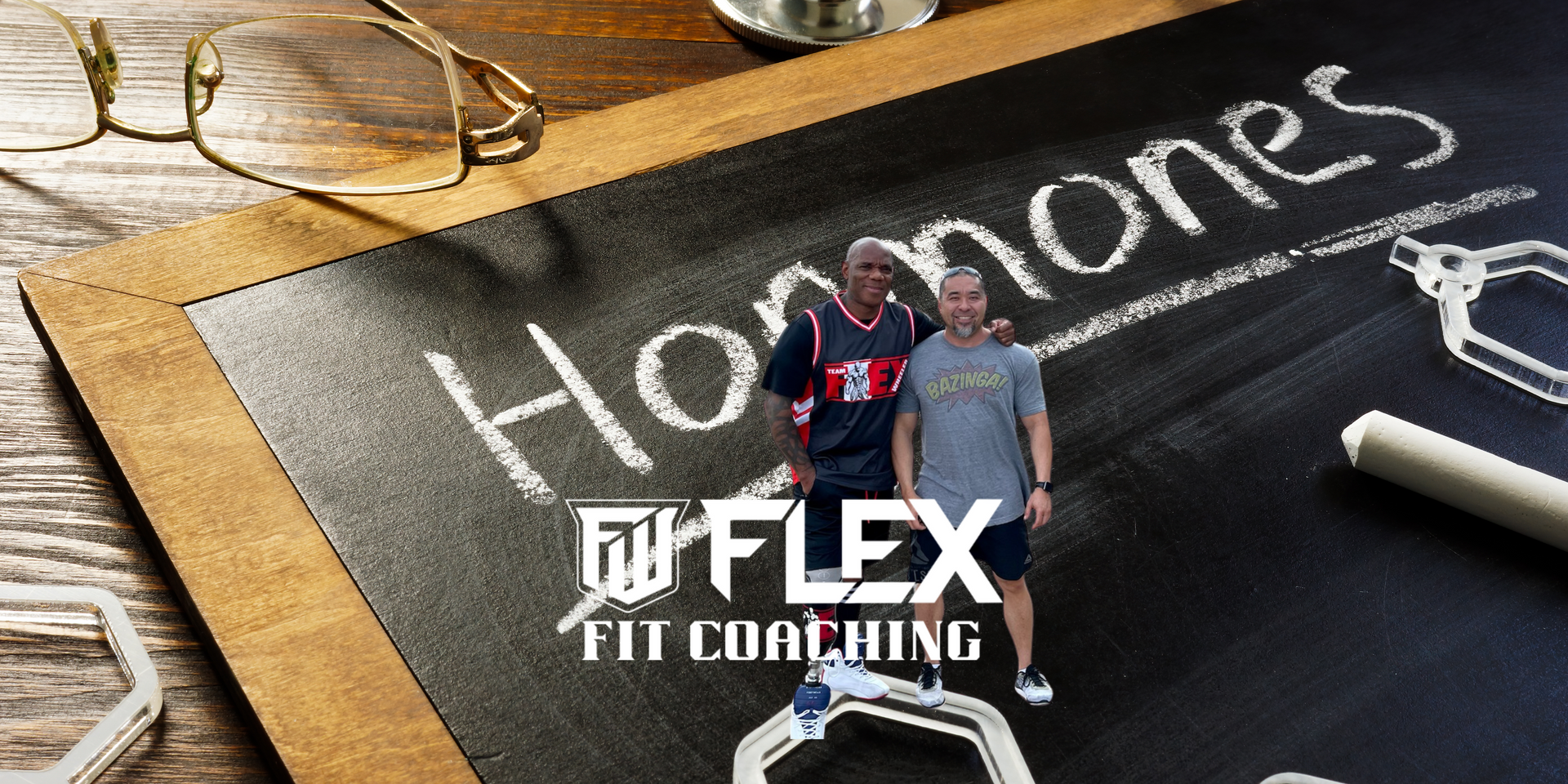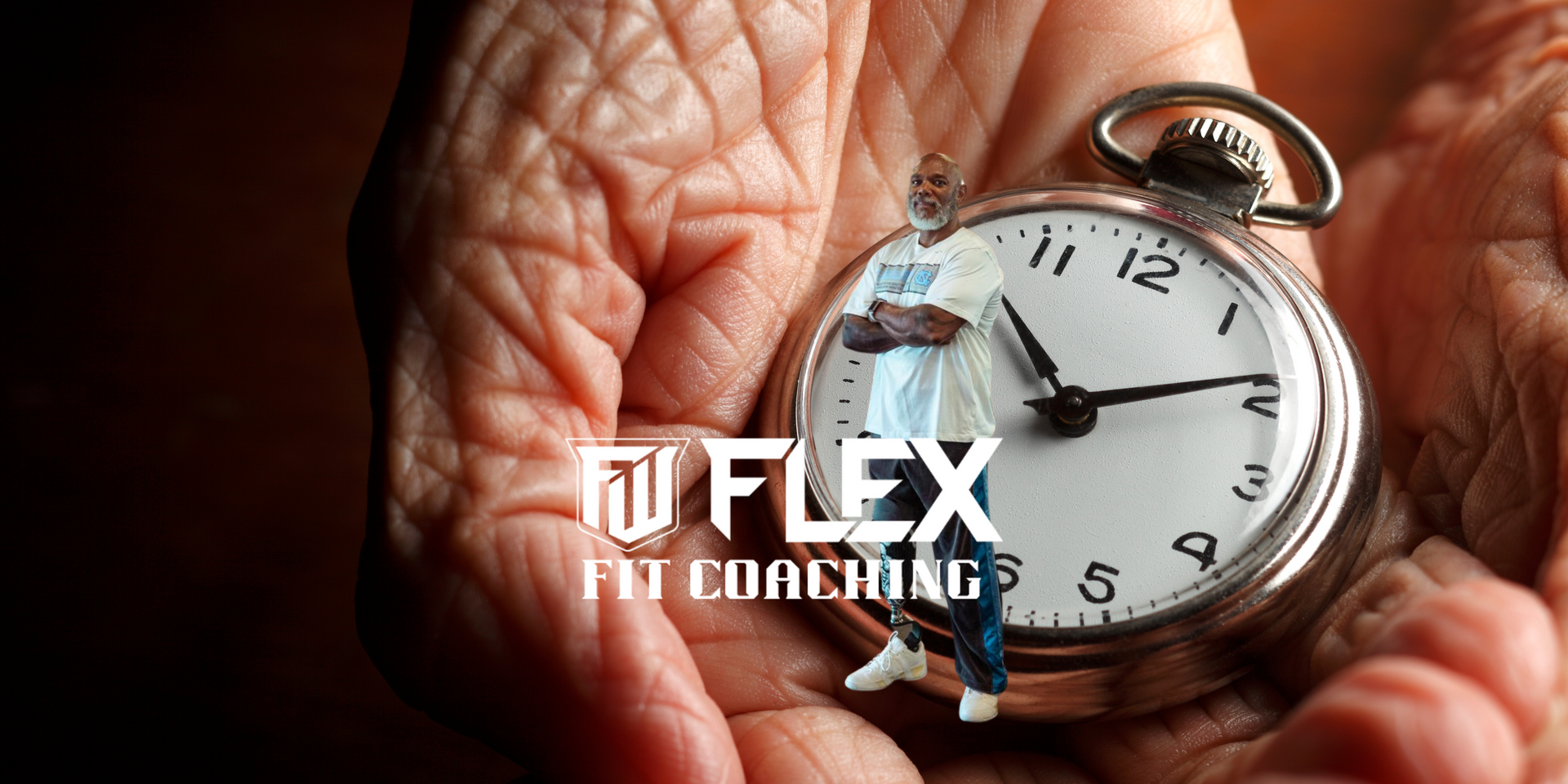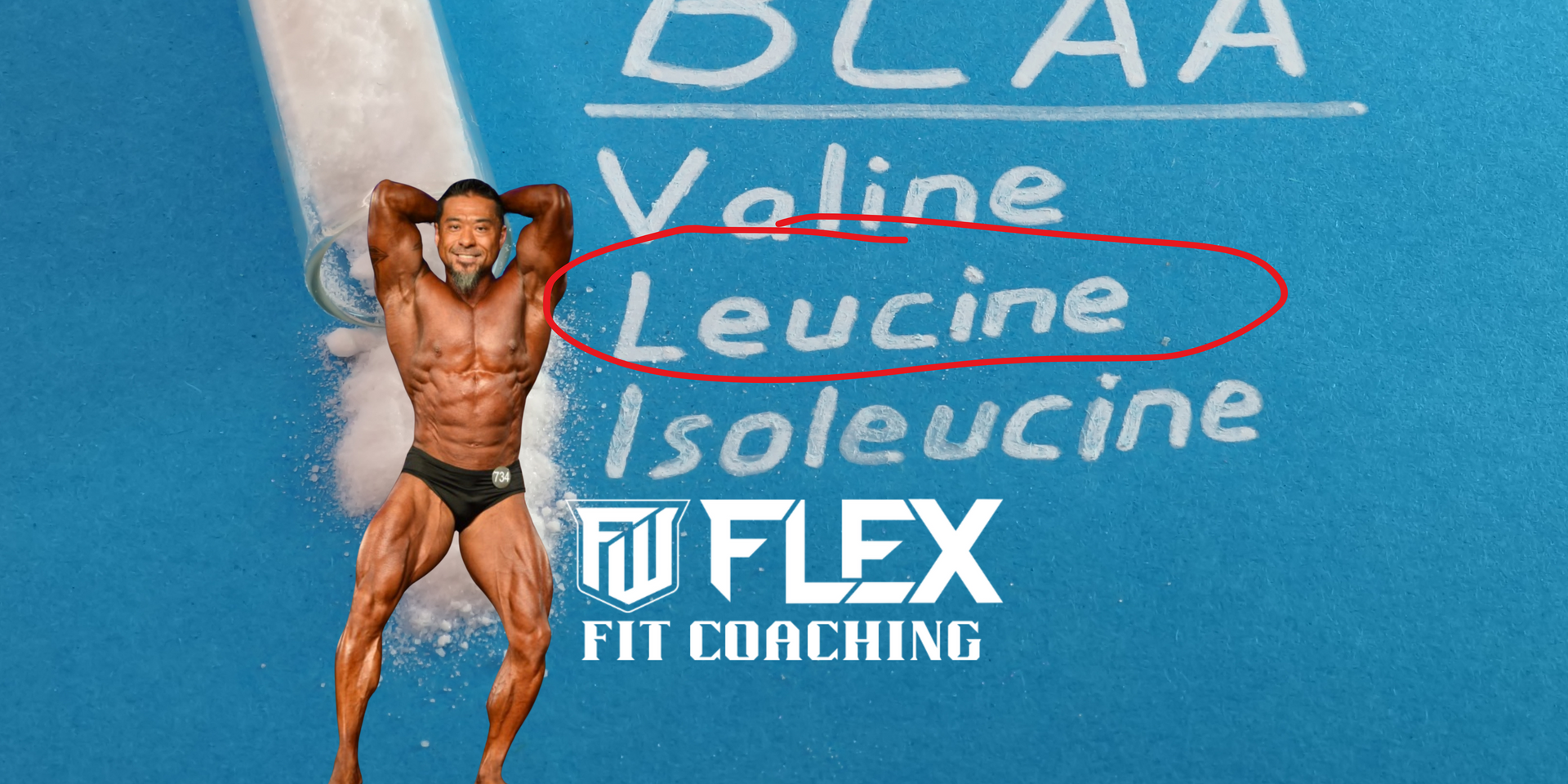Keep Your Gains During Vacations
What happens? What can I do??? Am I screwed???

I’ve worked quite a bit over the past 30 years with high-level, elite athletes as well as the average Joe’s and soccer moms. Often, they will all have to interrupt their training programs for a variety of reasons. Whether it’s going on vacation, a work trip, or whatever, they all had one worry when it came to what we were doing. They all had fears of losing their strength and muscle while taking time away.
Here are some observations from my decades in the business:
- Unless your trip is to a hospital bed, the likelihood of losing muscle mass during a week long vacation is pretty much ZERO. You MIGHT feel a little smaller and flatter, but that’s not from atrophy. There are a few neurological and metabolic reasons for this that are transient, but mostly this is all in your head. Any discernible difference is from loss of the workout pump.
- True, you might lose a small amount of muscle mass if your vacation or work trip takes over two weeks. BUT, it’s not likely enough to make a huge difference, or even noticeable. Any of that lost muscle will be regained quickly when training resumes. I’ve had several clients that looked a little smaller after 2-3 week trips, they all got right back to normal within 1 week of resuming training.
- OK, we'll be truthful here…when it comes to strength, losses can happen a little quicker and will be more noticeable. The good news, this is from the loss of neural efficiency. Taking up to 2 weeks off can lead to a significant loss of neural efficiency that can equate to a 5-10% loss in strength. Do not freak out, research has shown that this neural efficiency is regained within 2 weeks of resuming training.
Here’s what you should do: AMP UP THE TRAINING PRIOR TO A SCHEDULED TRIP. When I know I will be traveling, or when a client will be, I significantly rev up training protocols for that client (or myself) leading up to the trip. I will typically rev up that training for the same length of time as the trip. I will typically increase training overload, volume, etc. by around 50%. So, this can translate into 50% more sessions, 50% more sets, etc. Your goal is to increase the amount of accumulated overload/stress so that the body recovers from this overload/stress vs. detraining/regressing.
Now, these are base guidelines that I’ve found to be useful. As with all programs, individual response will vary. Some of you will do better with even more stress (experienced exercisers, competitive athletes), some will need a little less revving (newer exercisers, older individuals). Either way, your goal is to build an accumulated level of fatigue so that your body uses the time off as recovery, making it as much a part of your program as the workouts.









